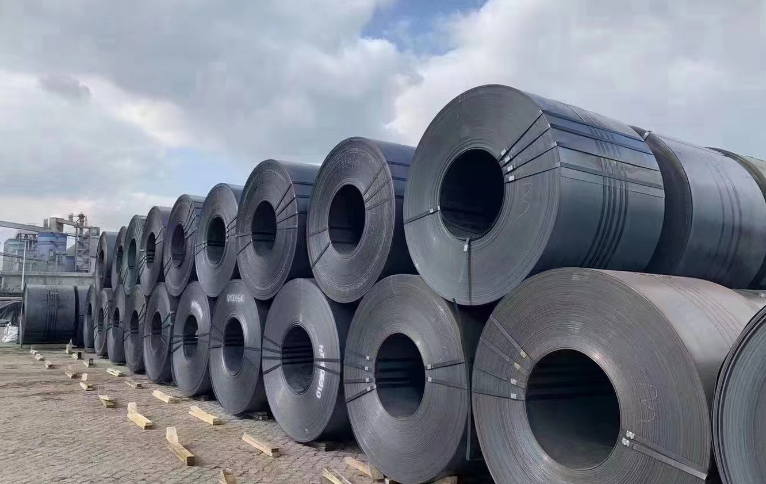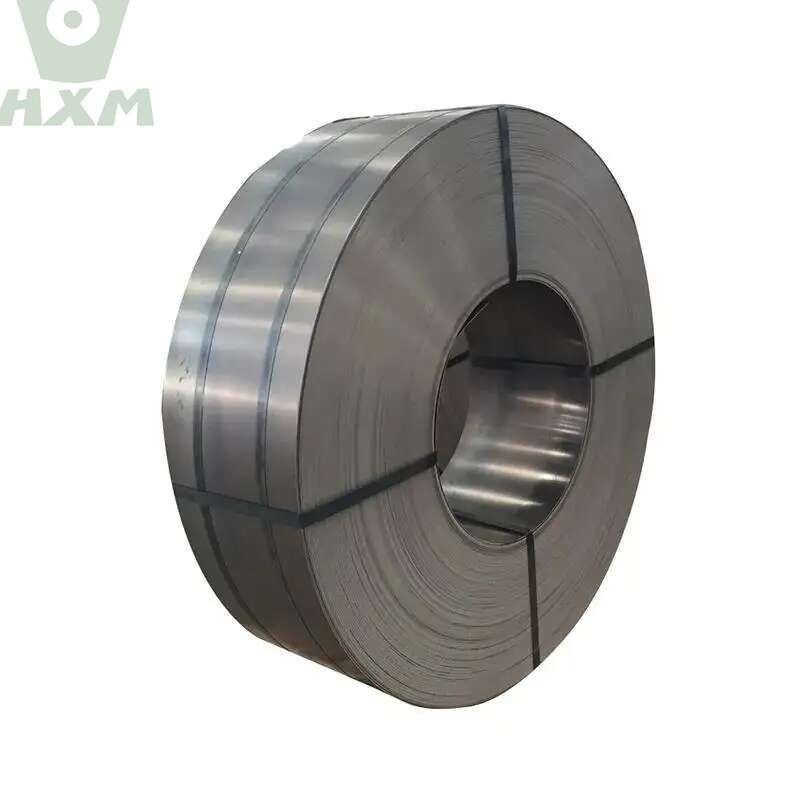Carbon steel, a fundamental material in the metallurgical industry, finds its way into various applications ranging from construction to automotive manufacturing. Its popularity stems from its versatility, strength, and cost-effectiveness. Understanding the different types of carbon steel is crucial for selecting the appropriate material for specific applications. In this article, we delve into the 4 types of carbon steel, exploring their characteristics, uses, and the factors that influence their performance.

What are the 4 types of carbon steel?
4 Types of Carbon Steel – 1. Low Carbon Steel
Low carbon steel, also known as mild steel, is characterized by its low carbon content, typically ranging from 0.05% to 0.25% by weight. This low carbon percentage results in excellent weldability and formability, making it a popular choice for various applications. Low carbon steel is relatively soft and ductile, allowing it to be easily shaped and machined. However, its strength is lower compared to other types of carbon steel.
Due to its welding and forming properties, low carbon steel is widely used in the construction industry for beams, columns, and other structural components. It is also used in the automotive industry for body panels and other parts that require good formability. Additionally, its corrosion resistance makes it suitable for use in outdoor applications where exposure to the elements is a concern.
4 Types of Carbon Steel – 2. Medium Carbon Steel
Medium carbon steel has a carbon content ranging from approximately 0.25% to 0.60%. This increase in carbon content leads to a higher tensile strength and hardness compared to low carbon steel. However, the increase in carbon also reduces the material’s weldability and formability.
Medium carbon steel is often used in applications that require a balance between strength and ductility. It is commonly found in toolmaking, where its hardness and wear resistance are valued. Medium carbon steel is also used in the manufacturing of shafts, axles, and other mechanical components that need to withstand moderate loads. The material’s strength and durability make it suitable for use in heavy-duty applications.
4 Types of Carbon Steel – 3. High Carbon Steel
High carbon steel, with a carbon content ranging from 0.60% to 1.70%, is known for its exceptional hardness and strength. However, this increase in carbon content comes with a significant reduction in weldability and ductility. As a result, high carbon steel is primarily used in applications that require extreme wear resistance and cutting ability.
High carbon steel is a staple in the tool and die industry, where its ability to withstand high compressive forces and maintain sharpness is crucial. It is also used in the manufacture of knives, swords, and other cutting tools due to its hardness and edge retention. Additionally, high carbon steel finds its way into the production of springs and wires, where its resilience and strength are advantageous.
4 Types of Carbon Steel – 4. Ultra-High Carbon Steel
Ultra-high carbon steel, with a carbon content exceeding 1.70%, is an extreme form of carbon steel. Its high carbon content results in exceptional hardness and brittleness, making it unsuitable for most welding and forming applications. However, its unique properties find specialized uses in certain industries.
Ultra-high carbon steel is often used in the production of abrasive tools, such as grinding wheels, due to its high wear resistance. It is also employed in the manufacture of carbide tools and cutting edges that require extreme hardness. While its brittleness limits its use in structural applications, its unique properties make it invaluable in specialized tasks that demand extreme durability and hardness.
Factors Influencing the Performance of Carbon Steel
The performance of carbon steel is influenced by several factors, including carbon content, alloying elements, heat treatment, and microstructure. Carbon content, as discussed earlier, is the primary determinant of a steel’s mechanical properties. Alloying elements, such as chromium, nickel, and molybdenum, can be added to enhance the steel’s corrosion resistance, strength, or other specific properties. Heat treatment, including annealing, quenching, and tempering, can modify the steel’s microstructure and thereby its mechanical properties. Finally, the microstructure of the steel, including grain size and phase composition, plays a crucial role in determining its overall performance.
Conclusion
In conclusion, the 4 types of carbon steel – low, medium, high, and ultra-high carbon steel – each possess unique properties and find specialized applications based on their mechanical characteristics.
Thank you for reading our article and we hope it can help you to have a better understanding of the 4 types of carbon steel. If you are looking for carbon steel suppliers and manufacturers online now, we would advise you to visit Huaxia Steel for more information.
As a leading supplier of carbon steel suppliers from Shanghai China, Huaxia Steel offers high-quality carbon steel, tool steel, alloy steel, and carbon steel tubes at a very competitive price.








